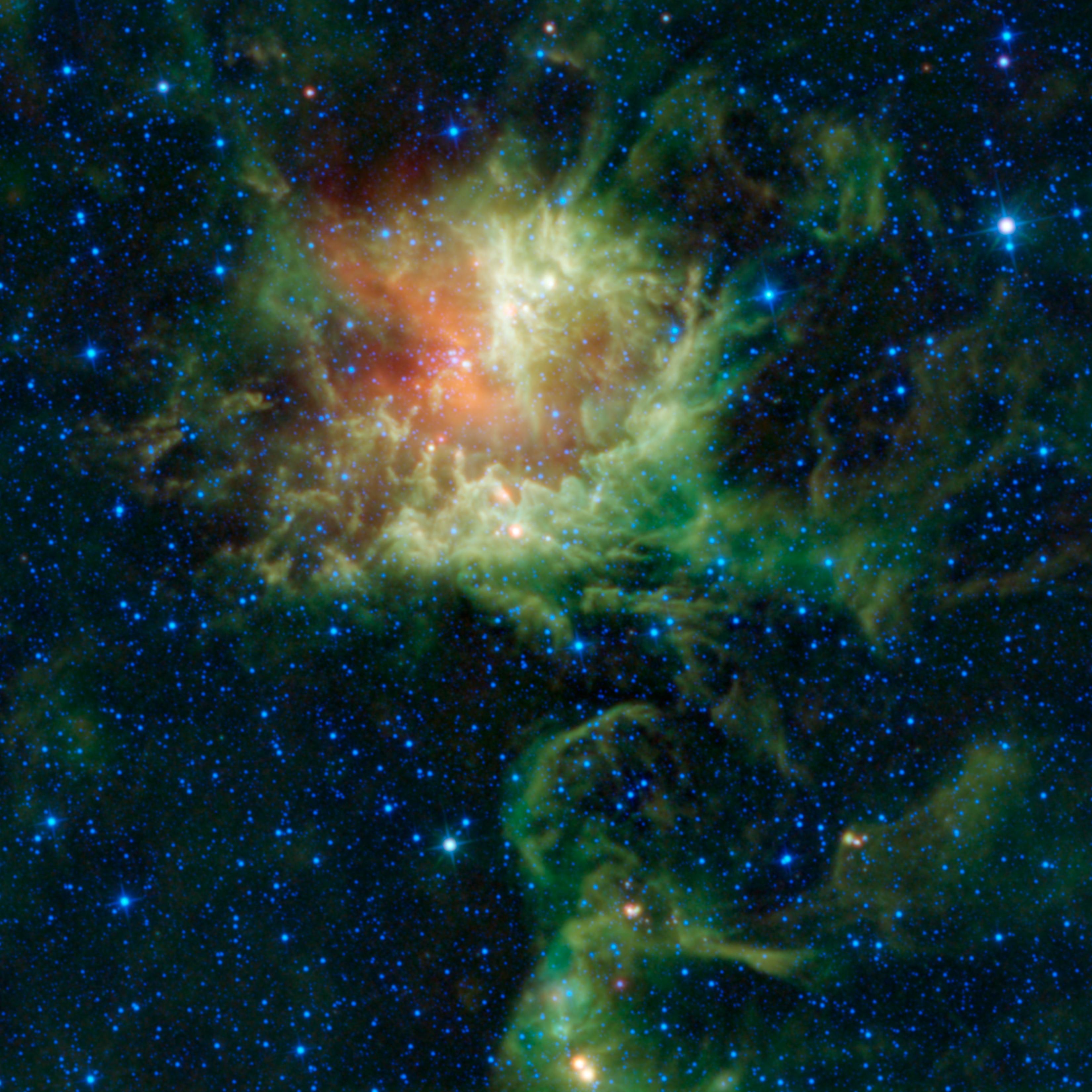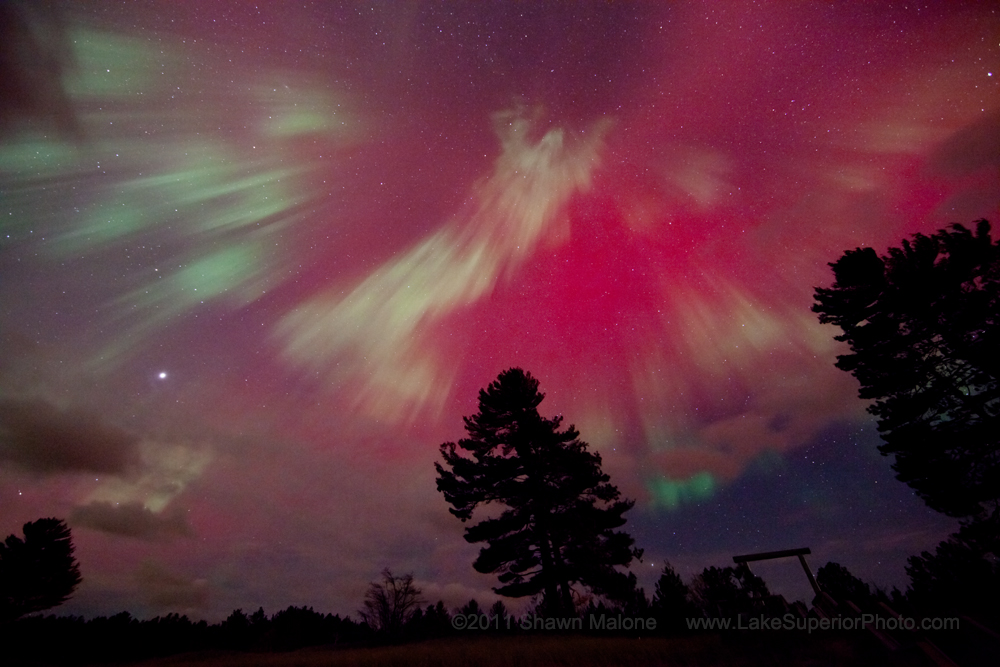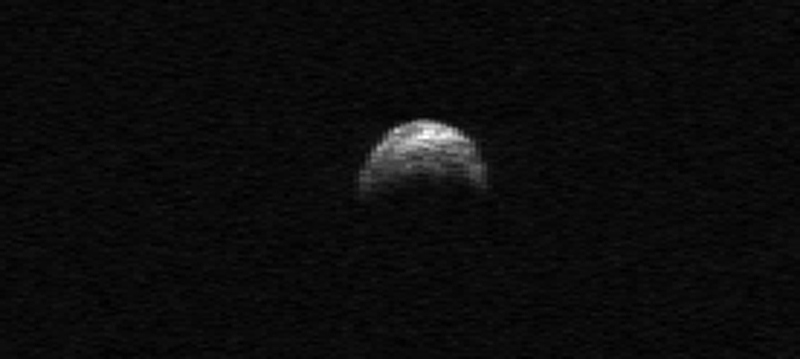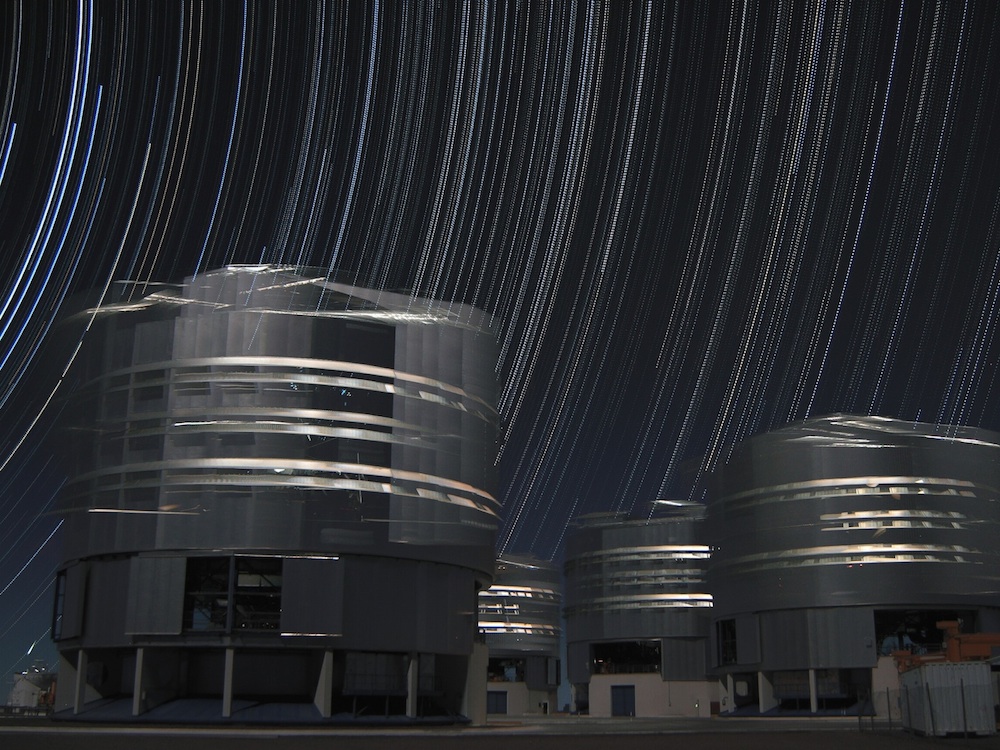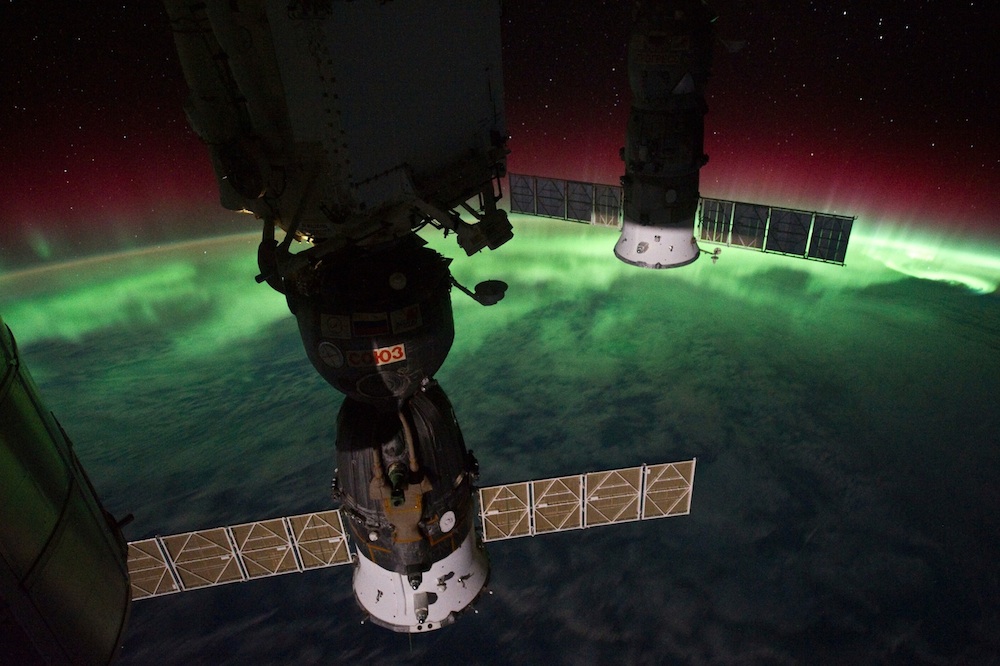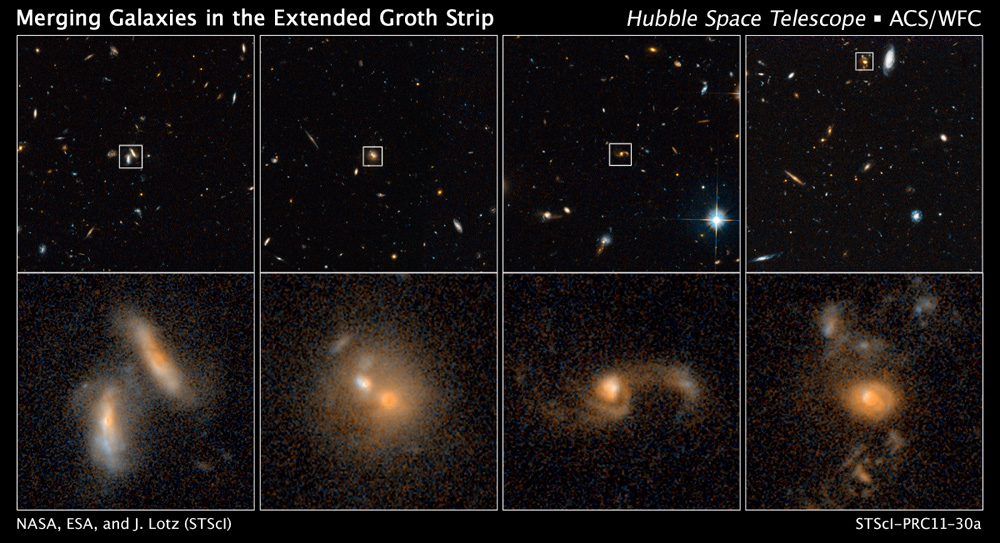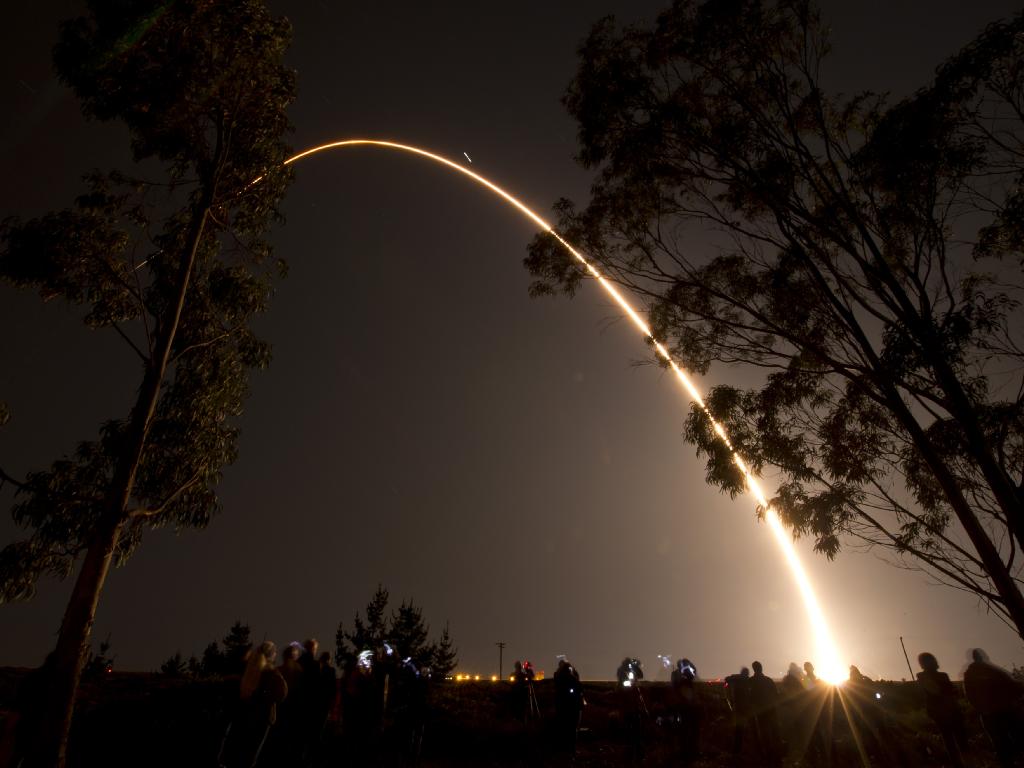Best Space Photos of the Week - Oct. 29, 2011
Auroras Come Close, Asteroids Creep Up and Space Traffic Jams
This week we watched in amazement at the northern lights, tracked a rocket launch and spotted Pac-man in space.
See some of the best space photos of the week of Oct. 29, 2011.
Northern Lights of Oct. 24, 2011:
Photographer Shawn Malone of Marquette, Mich., took this dazzling photo of the spectacular Oct. 24, 2011 northern lights display. It was one of many amazing photos of the spectacular aurora display. [See more stunning northern lights photos]
Huge Asteroid to Creep Near Earth on Nov. 8
The huge asteroid 2005 YU55 will pass close by as astronomers around the world watch and measure. This image of the asteroid was taken during its last flyby in 2010. [Full Story]
Dwarf Planet Eris is 'Almost Perfect' Pluto Twin
Though the dwarf planet Eris is much denser than Pluto, the two frigid, faraway bodies are almost exactly the same size, making then "almost perfect" twins a new study revealed this week. This image shows an artist's depiction of Eris. [Full Story]
2011 Orionid Meteor Shower Dazzles
Jeff Berkes snapped this amazing photo of an Orionid meteor streaking above a lake in Elverson, Pa., on Oct. 22, 2011, during the peak of the annual Orionid meteor shower. Said Berkes: "I arrived here around 1am with crystal clear skies and a moody fog rising off the lake.I was a little biut worried about the moon making its ascent in the sky, but the Orionids were streaking bright and I counted about 30 meteors last night and this morning. Three of them were random meteors, and two of those three were borderline fireballs! Happy meteor hunting!" [See more 2011 Orionid meteor shower photos]
All the Stars Are Spinning — They're Spinning Around in Heaven Above
Stars appear to trail through the night sky above ESO’s Very Large Telescope (VLT) array on Cerro Paranal in Chile. Farid Char, a student at Chile’s Universidad Católica del Norte, created the image from 450 individual 20-second exposures taken over 2-1/2 hours, creating the dotted star trails that appear to circle the southern celestial pole. The Unit Telescopes also seem to whirl as they rotate to observe different subjects. Even a shooting star passes by, seen as a small trail above the Auxiliary Telescope in the bottom left of the image. [See more stunning photos from space]
Breaking space news, the latest updates on rocket launches, skywatching events and more!
On and On and On and On Aurora
Astronaut Ron Garan tweeted this photo by fellow spaceflyer Mike Fossum (@astro_aggie) on October 5, 2011, showing auroral glow over Earth. He wrote: "@Astro_Aggie is changing the way us earthlings view our planet. Great snap Mike! #ISS #NASA." [See more stunning photos from space]
'Pacman' Nebula Grows Teeth to Chomp on Space
In a new infrared image of the Pacman nebula, pillars where new stars may be forming look like a set of sharp-looking teeth. The image was released on Oct. 27. [Full Story]
Space Traffic Report: Hubble Telescope Counts Galaxy Crashes
Over the last 9 billion years, every galaxy has had about one major collision with a neighbor, according to a new study of Hubble Space Telescope. This image was released on Oct. 27. [Full Story]
First-of-Its-Kind NASA Satellite Launches to Track Earth Weather, Climate
NASA launched an unprecedented Earth-observing satellite from California today (Oct. 28) in a dazzling predawn blastoff that created an artificial sunrise as its rocket soared toward space. [See more NPP satellite launch photos]
I'm Not Perfect (But I'm Perfect for You)
Spiral galaxy Messier 96 doesn't possess the classic appearance of a spiral galaxy: It has a core displaced from the center, gas and dust distributed asymmetrically and ill-defined spiral arms. Messier 96, also known as NGC 3368, lies about 38 million light years away in the constellation of Leo (The Lion). This image was processed by ESO using the observational data found by Oleg Maliy from Ukraine, who participated in ESO's Hidden Treasures 2010 astrophotography competition using astronomical data obtained with professional telescopes. [See more stunning photos from space]

Space.com is the premier source of space exploration, innovation and astronomy news, chronicling (and celebrating) humanity's ongoing expansion across the final frontier. Originally founded in 1999, Space.com is, and always has been, the passion of writers and editors who are space fans and also trained journalists. Our current news team consists of Editor-in-Chief Tariq Malik; Editor Hanneke Weitering, Senior Space Writer Mike Wall; Senior Writer Meghan Bartels; Senior Writer Chelsea Gohd, Senior Writer Tereza Pultarova and Staff Writer Alexander Cox, focusing on e-commerce. Senior Producer Steve Spaleta oversees our space videos, with Diana Whitcroft as our Social Media Editor.
